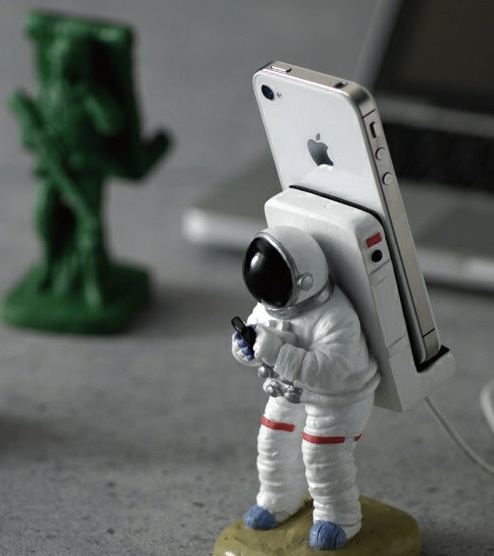While the US military can devote many resources to putting smartphones on the battlefield, it can't do the same for soldiers' private lives. A new carrier, Defense Mobile, wants to fill that void: it just announced a deal to use Sprint's CDMA and LTE networks for cellular service devoted to active-duty forces, reserves and veterans. The provider will offer plans at enlisted rank budgets, ranging from $20 for the basics to $60 for a family plan. It won't skimp on the handset selection, though -- the company already promises the Galaxy S 4, HTC One and iPhone 5. Defense Mobile hopes to go live in 2014, and it should arrive with both apps and branding tailored to each military branch.
Filed under: Cellphones, Wireless, Mobile, Sprint
Via: GigaOM
Source: Defense Mobile









